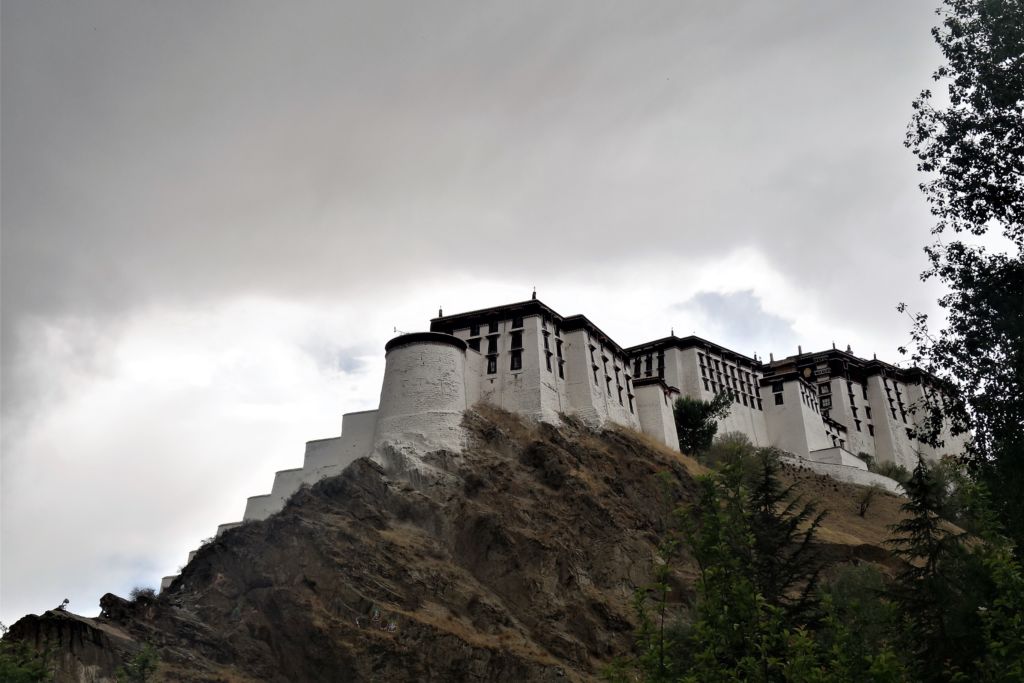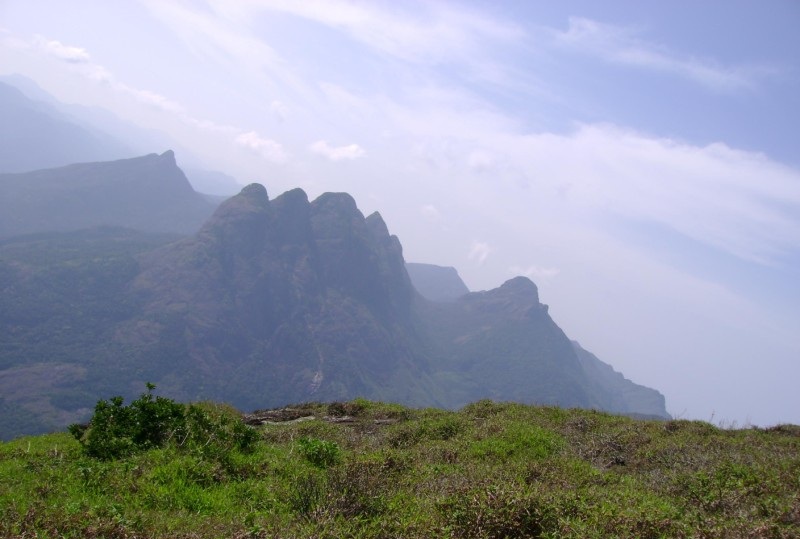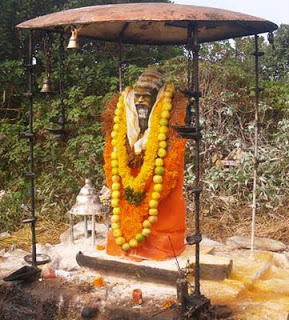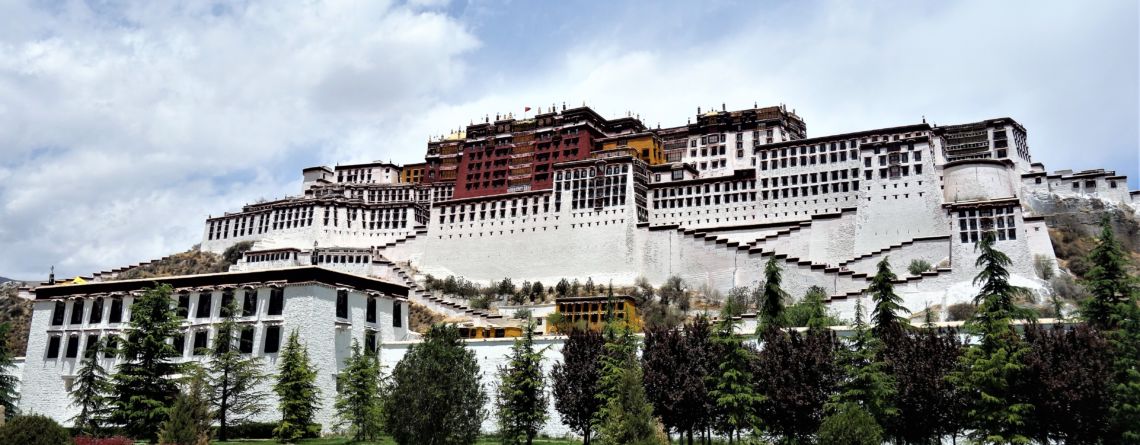Potala Palace in Tibet, the Forbidden Land
Why Tibet?
The Potala Palace of the Dalai Lama has always been a source of great fascination for me. In fact, all of Tibet, the Forbidden Land. The fact that it was a land that very few were allowed in (especially Europeans were prohibited entry!) was the base of its allure.
This was compounded by a series of books that I read in my childhood. The author was an obscure one called Lobsang Rampa. For some strange reason, my Dad had the entire collection of his books. Fodder for my childhood dreams – he wrote about a young boy initiated into being a monk in a monastery… Heady stuff… And TinTin in Tibet added to the allure… Much later it was a book called the Seven years in Tibet of a European who ran away into Tibet to hide…
So, when I got the chance to travel into Tibet, I jumped at the opportunity. I started with Lhasa where I spent a lot of time. And then on through to Shigatse, Gyantse and finally the Everest Base Camp. In case you want to listen to my account of my journey through a part of Tibet, please listen to my podcast on that – click on the link above…
Let me just focus on Lhasa for now. Lhasa was the capital of the Tibetan empire and has quite a few places of interest. Like the famous Jokhang Temple, Barkhor Street, the nearby Gelug monasteries of Drepung and Sera, etc. But the big one for me was the Potala Palace.
The Potala Palace
Let me start by focusing on this. The Potala Palace was once the winter palace of the Dalai Lamas from the mid-17th century to the mid-20th century. After the Dalai Lama fled from there to India, it became a museum. It is now a World Heritage site (since the early 1990s).
The Buddhists believe that the Bodhisattva Avalokiteshwara stays on Mount Potalaka in South India. They named the Potala Palace after this. There is a story to this – I have described it at length later in this blog. And hence, no one is allowed to build any structure, in Lhasa, that is taller than the Potala Palace.
 The Location
The Location
The location of the Potala Palace was perfect for governance since it is very near to the major places of import in ancient Tibet – Lhasa, Drepung monastery and Sera monastery. The monasteries were essentially places of education like Nalanda in India. Hence the importance. They built the Potala Palace in the mid-17th century. The locals believe that this was built on the ruins of the White Palace. A local King built this fortress, in the mid-7th century, due to the strategic significance of the location.
The Legend
The legend is that there are 3 protectors of Tibet. They are Vajrapani, Manjushri and Avalokiteshwara. The 3 mountains around Lhasa – the Chokpori, Pongwari and Marpori – represent the 3 protectors. Marpori is the mountain on which the Potala Palace stands.
This belief is so strong that devotees circumambulate the Potala Palace, the Jokhang Temple in Lhasa and even the city of Lhasa around the mountains. Some walking, some on their knees and some even through prostrations.
The Potala Palace construction
The Potala Palace is massive. An area of about 1600 square meters. The walls about 5 meters thick at the base and sloping upwards to a thickness of about 3 meters. 13 stories tall, 1000 rooms, 10,000 shrines and 200,000 statues. The top floor of the Palace is about 300 meters above the valley ground level. Massive isn’t it? As of now, they allow a restricted number of tourists to visit the Potala Palace. I was lucky enough to get the ticket and went up. It is a bit of an effort to climb up. You need a reasonable level of fitness to climb to the top. But the building is well worth the effort – believe you me.
 Basically, there are 2 chapels on one side that is from the earlier 7th century structure. The fifth Dalai Lama had the Potala Palace constructed. He moved in here along with his team of governance staff. They called it the Potrang Karpo or White Palace then. After his death, the Dalai Lamas from the 6th onwards, used this as their winter palace. They added another wing, the Potrang Marpo or Red Palace, in the late 17th century.
Basically, there are 2 chapels on one side that is from the earlier 7th century structure. The fifth Dalai Lama had the Potala Palace constructed. He moved in here along with his team of governance staff. They called it the Potrang Karpo or White Palace then. After his death, the Dalai Lamas from the 6th onwards, used this as their winter palace. They added another wing, the Potrang Marpo or Red Palace, in the late 17th century.
The building housed a huge library, various scriptures, paintings, historical records and huge quantities of gold etc., as offerings at the shrines. Some people say that much of this has been plundered during the violence in the mid-20th century. Others say that it has been left untouched. We cannot really be sure…
The Origin of the name, Potala Palace
By the way, the new palace got its name from a hill in South India. Here’s the story behind it…

People across Asia worship Avalokiteshwara as the God of Mercy – China, Japan, Burma, Cambodia, India, Sri Lanka… In different forms or avatars. The Hindus believe that Avalokiteshwara is a form of Shiva. The ancient Indians had built a temple dedicated to Avalokiteshwara in a mountain in South India called Pothigai Malai. The ancient Chinese traveler, Xuanzang, has recorded this. In Sanskrit language, they call it Potalaka Malai. Hence Mount Potalaka.

Hindus believe that this is where, in the Vedic times, the great Sage Agastya learnt Tamil from Avalokiteshwara. Hindus believe that this great Sage is one of the first Siddhars.
The term Siddhar is from the Sanskrit word ‘siddha’. It refers to a perfected person possessing Siddhi (spiritual powers).
Siddhar also refers to traveling saints in ancient Tamil culture. They were experts in a wide range of subjects from science to philosophy. Even medicine, literature and the fine arts. In fact, they were the first to use pulse-reading to identify and cure diseases. The Hindus believe that there are 18 Siddhars (including Sage Agastya) who are all revered. They believe further, that Lord Shiva himself is the supreme Siddhar. This is why, even now, the Pothigai Malai is a big pilgrimage draw for Hindus.
The followers of the Mahayana sect of Buddhism started the worship of Avalokiteshwara. The Tibetans named the residence of Dalai Lama as Potala Palace after the residence of Avalokiteshwara, the God of Mercy – Mount Potalaka. See the connect?
If you wish to travel to Tibet, you could take a look at the Tibet itinerary .
In case you wish to travel immersively across Europe, Asia and Africa, visit Beyonder Travel.


Leave a Reply